The sweet link between Cuba and Gran Canaria
Many are the events, landmarks and relations that link Gran Canaria to the Caribbean island of Cuba. Yet, one of the sweetest of all these comes in the form of a recipe that has lasted the test of time and has gone beyond frontiers: the bizcocho sponge-cake of Moya.
Here at this northern Gran Canaria municipality, suspiros are not the only famous delicacy. Bizcochos are a highly popular sweet, the recipe for which came here from Cuba by the hand of Chá Manuela, who came to live in the town and passed the recipe on to two local neighbours, Seña Jacinta and Candelarita Rivero. Amelia Ojeda learnt the recipe from them, and proceeded to open her artisan factory with a hundred-year-old oven, and with the help of her brother started production.
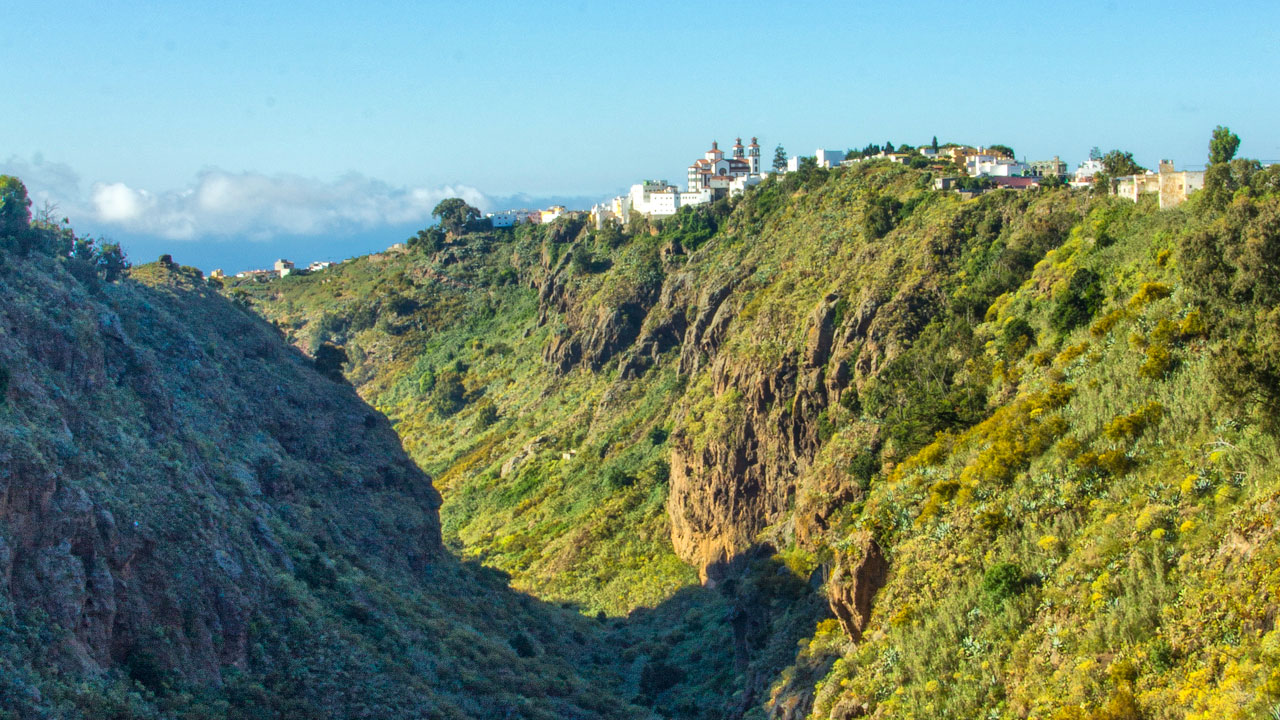
The story goes that the origin of the prestigious Moya bizcochos came about when Seña Jacinta received an order from a customer. She inadvertently let her sponges burn, and instead of throwing them away, she took whisked egg whites used with her suspiros, and applied them to the burnt part of the sponge.
Amelia’s traditional recipe entails firstly cracking the eggs, and separating the yolk from the egg-white. The whites are stored to one side while the yolks are beaten, gradually adding flour and lemon. Once the ingredients are mixed in, they are put in containers that are placed into the oven at 200 ºC. When the paste is cooked, it is taken up and sliced into pieces.
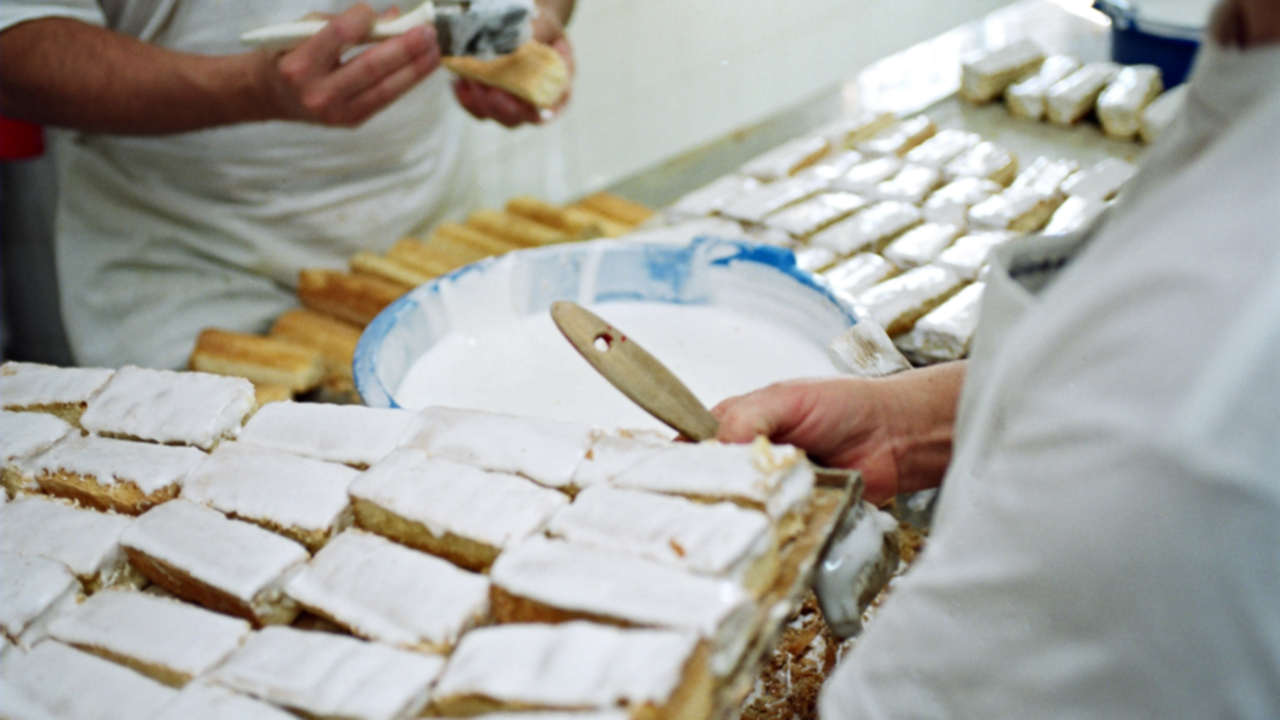
Let’s take a breather before we carry on with the recipe. We mustn’t forget to mention José Felipe (Seña Jacinta’s son) and his wife, Lolita Mujica, who also started to produce this sweet in La Fonda, helped by their children.
Also, the wise cooking hands of Seña Jacinta taught the recipe to her daughters and her granddaughter. She was also generous enough to show it to Felisa Rivero Trujillo, who would later set up a factory, called Bizcochos de Moya (in El Lance) and would make bizcochos for more than 30 years, carrying the name of Moya around mainland Spain and Europe in the process.
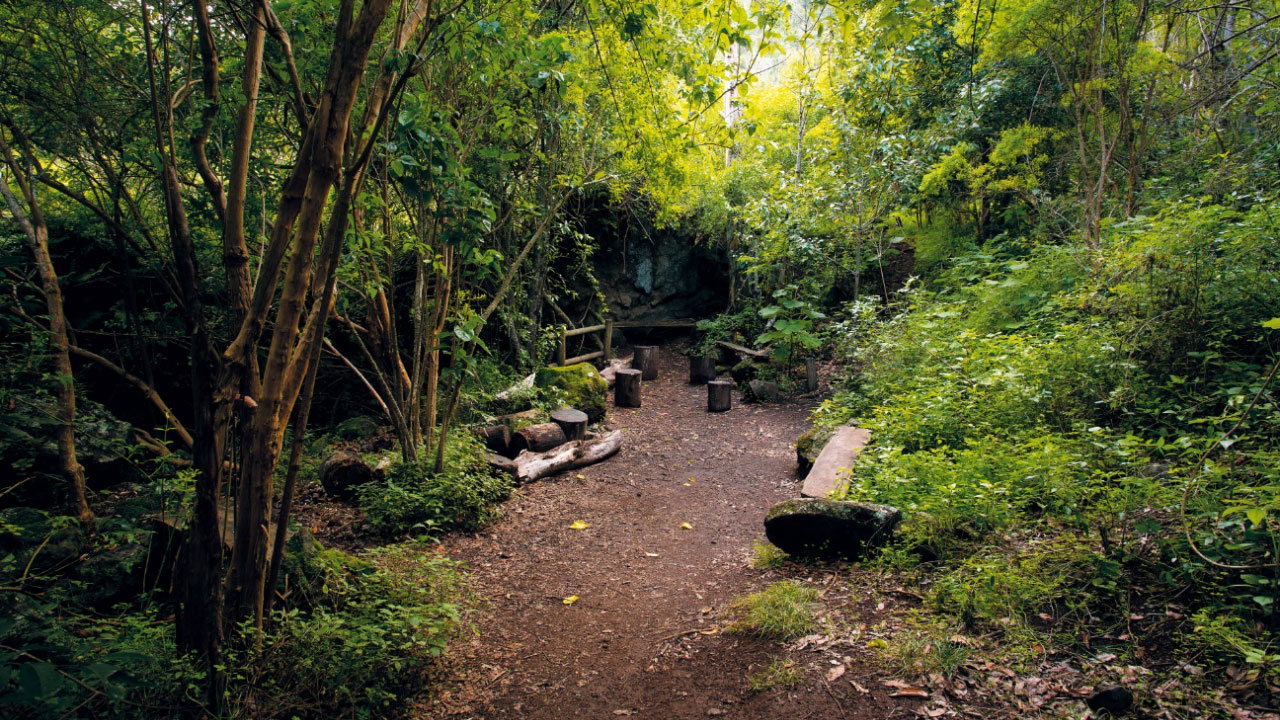
Right, let’s move on! Once the cakes have been baked the first time and have been cut into slices, we need to add sugar to the egg-whites waiting in the wings, and whisk them up into a fluffy consistency. Then, with the help of a brush, we add the shine to the bizcochos with this mixture before placing them back in the oven. Once the second baking has been done, they are placed in presentation bowls to be eaten straight away, or stored in boxes for selling on or giving away as presents.
It is interesting to learn that despite the recipe’s simplicity, the way the cakes are prepared has always been highly appreciated, and when taking orders, it was quite common for the bakers to pick up the ingredients from clients’ houses and charge them just for baking them.
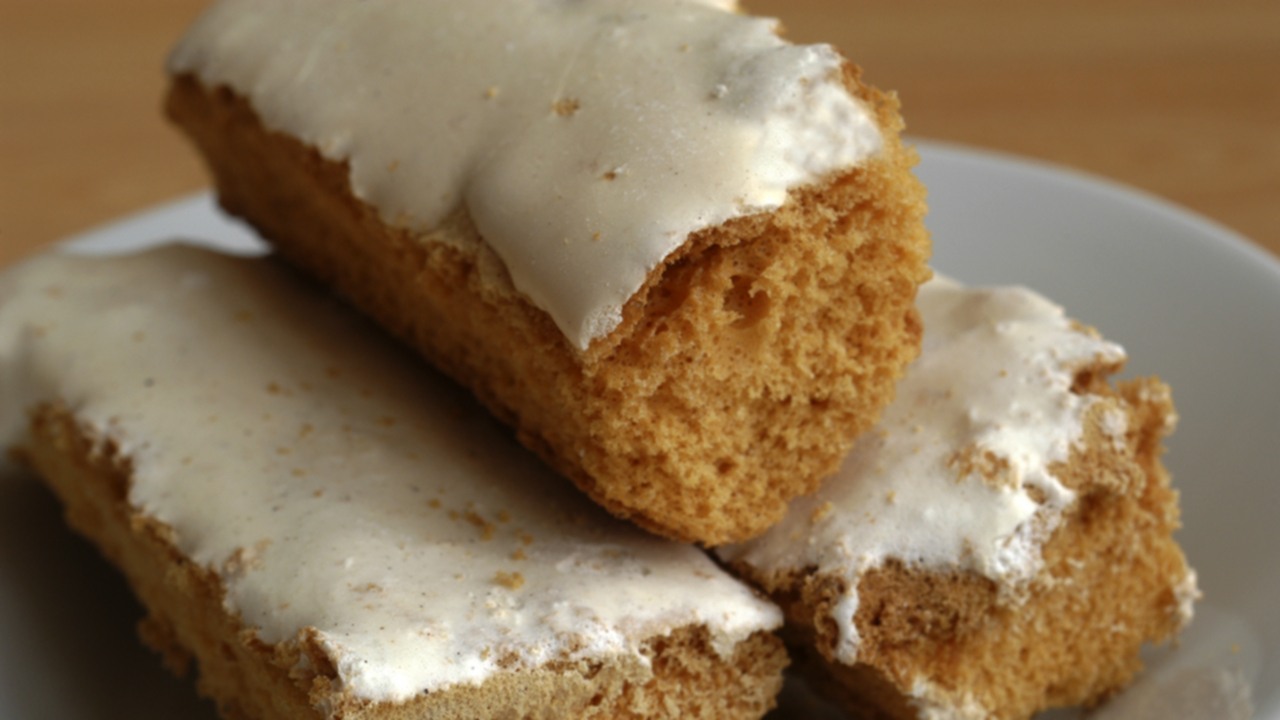
Several families in the village were able to make a living from this sweet, and passed this culinary treasure down from generation to generation along the way: Candelarita was also aided by her daughters, while Siona Montesdeoca de la Fe set up Los Tiles factory (in El Lance). The best thing about it is that a simple set of ingredients, lovingly put together with a lot of common sense, have managed to unite a whole village around a sweet product, and give it an ever-lasting seal of identity.
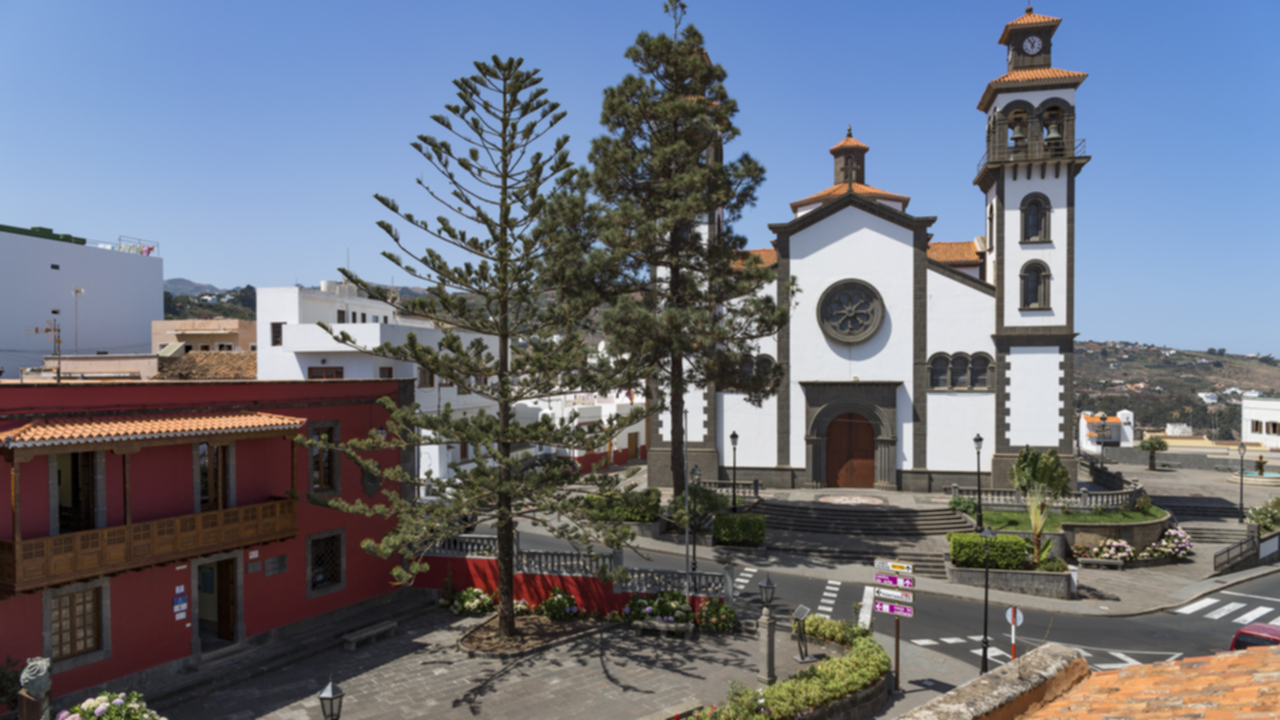
Related links:
Discover Moya
Sugar Suspiros in a green land

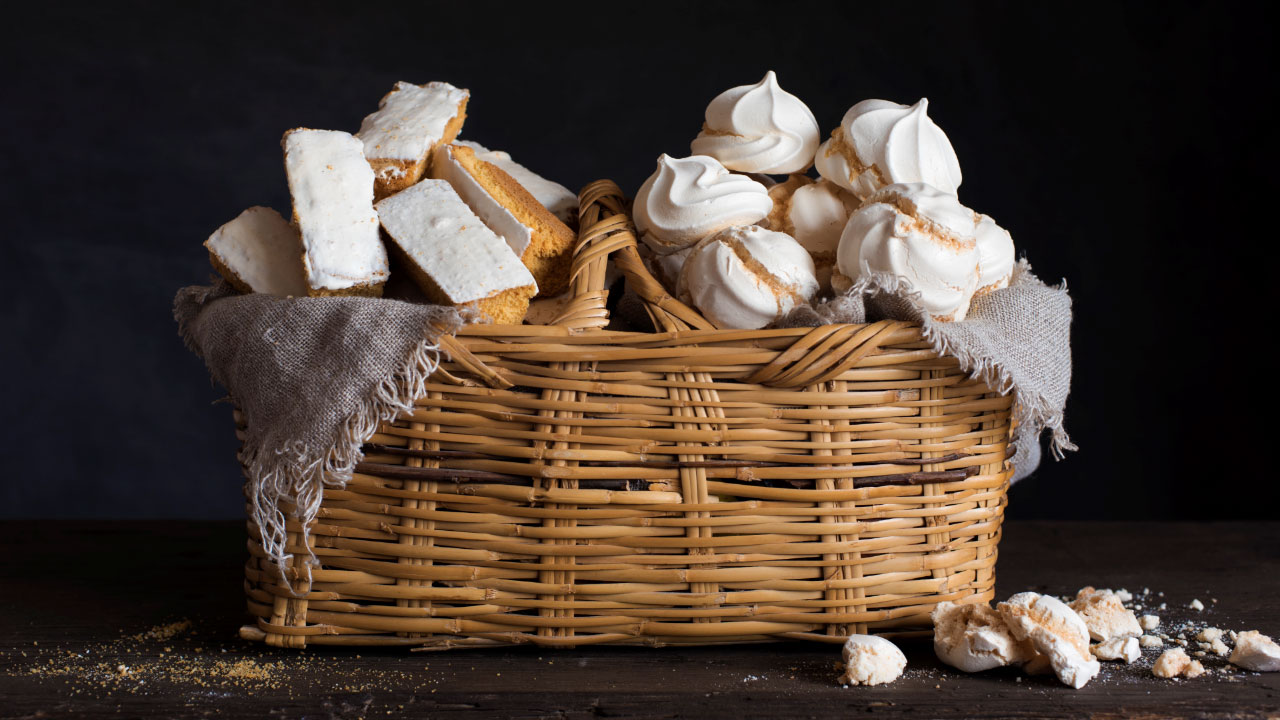

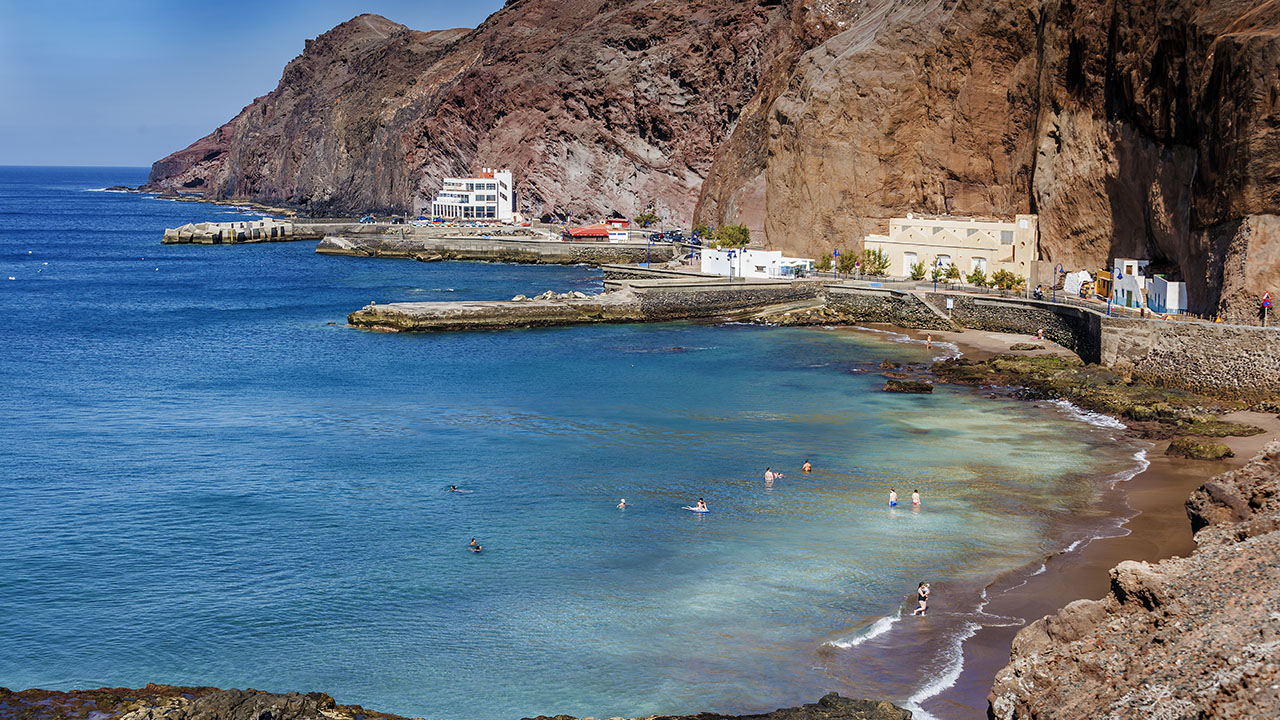
Comments are disabled for this post.